Portuguese Pão-de-Ló Route
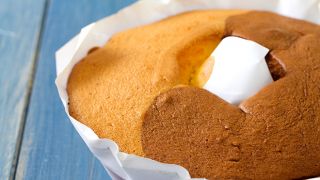
Portugal is a country rich in gastronomy and sweets; a very Lusitanian characteristic, of serving and delighting those at the table. But among so many traditional cakes and sweets, ready to add the finishing touches on a hearty meal or to bring colour to a mid-day break, there is one delicacy that unites the Portuguese: the Pão-de-Ló.
Creamier or drier, but always fluffy, this is a cake that dates back to at least the 18th century. It is believed that the original Portuguese version derived from the Genoese, the Génoise, created by Giovan Battista Cabona; or from Iberian creations of the Renaissance era, which were nicknamed "Bread of Spain". What is certain is that this spongy delicacy still wonders people of all cultures and generations.
The recipe, in the most basic variety, is very simple. There are three essential ingredients: eggs, sugar and flour. There is no yeast in this version; you beat the sugar with the eggs, add the flour and it bakes in the oven. But here's the treasure of Pão-de-Ló: there are so many variations, from the north to the centre of the country, famous throughout the territory and every Portuguese citizen has their favourite.
Start in Guimarães, in the north of the country, which is famous for adding lemon zest to this cake. Some 25 kilometres to the south, you reach the parish of Margaride, in Felgueiras, where the Pão-de-Ló is characterised by its confection with wooden beaters and by baking in an earthenware vaulted oven, also in the clay mould. Nearby, to the west, in the city of Vizela, is the most distinctive Pão-de-Ló, the Bolinhol; this stands out for being rectangular in shape and covered in sugar syrup.

Pão-de-Ló de Ovar ©Emanuele Siracusa / Centro Portugal
Further south, at the crossroads between the Douro and Tâmega rivers, there's a more manual tradition when it comes to making it: the ingredients are beaten for ten minutes with the hands and then baked in a clay oven. In Arouca, the Pão-de-Ló is served with a particularity: besides the sugar syrup from Vizela, the sweet is prepared in slices and packaged, thus being sold to the public. And for an extra fluffy and creamy texture, there's nothing like heading to the coast; there, the Pão-de-Ló de Ovar (which won a protected designation of origin in 2016) has a moist interior, which baking point will depend entirely on the skill and discernment of the pastry chef.
In the Ílhavo area, Pão-de-Ló de Vagos is not usually sold, although it is distinguished from the others by a hint of orange and a taste of salt. In Figueiró dos Vinhos, the appearance of the cake is no less impressive: it is baked in a bundt pan and takes on a ring-shaped appearance. Near Peniche, in Alfeizerão, the Pão-de-Ló has alcohol, in the form of wine brandy; it is concave in the centre, its outside is crunchy, and it is lower than most sponge cakes.
The Rio Maior Pão-de-Ló is even lower, with a diameter of 20 to 25 centimetres and a browner colour than the others. The one from Alpiarça, near Santarém, is the softest in the country; when you cut into a slice, the cream runs down, showy and Instagrammable. In Portugal we can still find the unofficial "Pão-de-Ló à Brasileira" (Brazilian-style Pão-de-Ló), with a unique texture because fewer eggs are used.
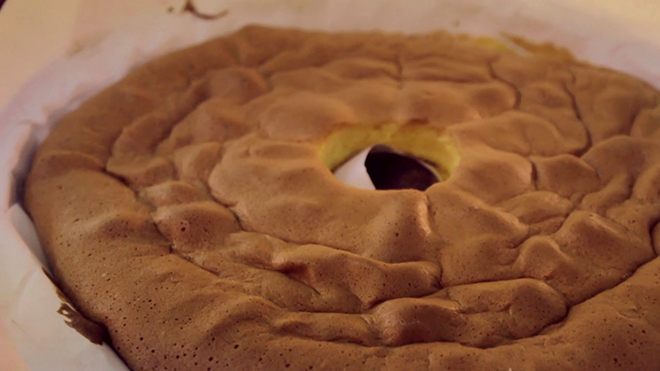
Outside Portugal, the Japanese "Kasutera", a speciality from Nagasaki, compares well to the Portuguese cake, which was imported centuries ago by Portuguese merchants and, in English-speaking countries, "sponge cakes" are typical, with a similar appearance to the Pão-de-Ló.
It's a journey from north to centre, of varied flavours with a common recipe, but one thing is certain: wherever you eat a Portuguese Pão-de-Ló, you'll be left with the taste of unique lands, the history and evolution in the confection and an unparalleled pleasure. Let yourself enjoy it!



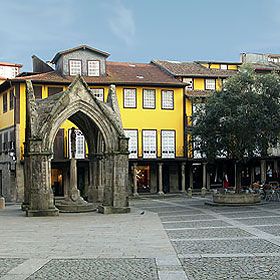
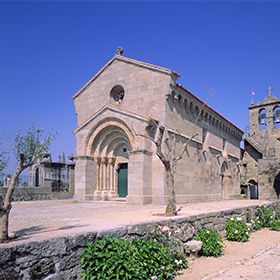
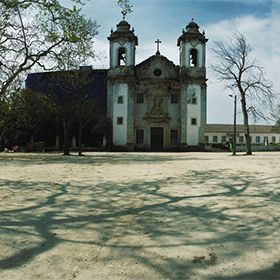

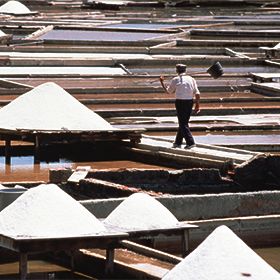



 Explore
Explore 




 Remember and Share
Remember and Share 


